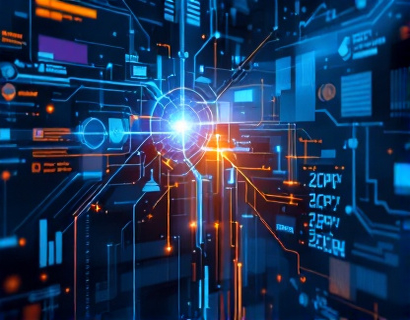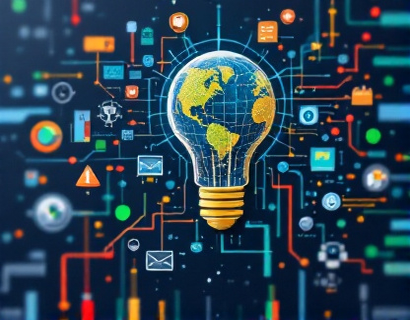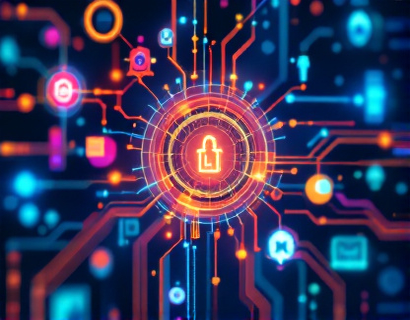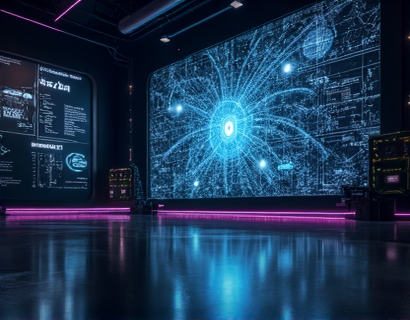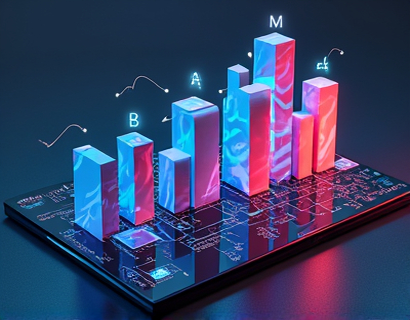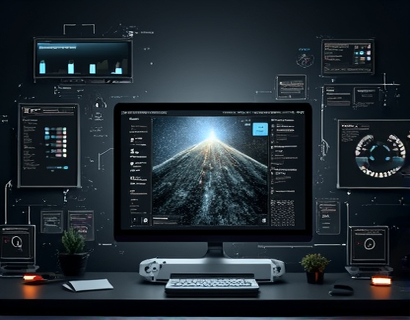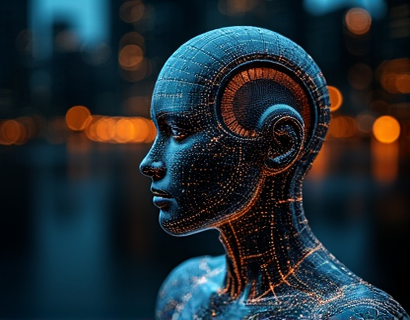Empowering Young Minds: The Role of AI-Powered Educational Chatbots in Safe and Verified Learning
In the rapidly evolving landscape of education, the integration of artificial intelligence (AI) has opened new avenues for enhancing learning experiences, particularly for children and students. An AI-powered educational chatbot represents a cutting-edge solution, offering a secure and verified platform for young learners to access specialized industry insights and workshop knowledge. This innovative approach not only enriches the educational content available to students but also ensures a safe and interactive learning environment.
Understanding the Need for Safe Educational Content
The digital age has brought about an explosion of educational resources, but with this abundance comes the challenge of ensuring the quality and safety of the content. Children and students, being particularly vulnerable, require a learning environment that is not only informative but also secure. Traditional methods of accessing industry insights and workshop knowledge often involve complex websites, lengthy documents, and limited interaction, which can be daunting for young learners. An AI-driven educational chatbot addresses these challenges by providing a user-friendly interface that delivers verified and age-appropriate content.
How AI Chatbots Enhance Learning
AI chatbots are designed to simulate human-like conversations through natural language processing (NLP) and machine learning algorithms. For educational purposes, these chatbots can be programmed to understand and respond to a wide range of queries related to specific industries and workshop topics. By leveraging AI, these chatbots can provide real-time, accurate, and engaging information, making learning more interactive and effective. The ability to tailor responses based on the user's level of understanding ensures that the content remains accessible and educational for students of all ages.
Verified and Contextual Information
One of the most significant advantages of using an AI-powered educational chatbot is the emphasis on verified content. Unlike general search engines where the credibility of sources can vary widely, a chatbot can be programmed to access and present information from trusted and authoritative sources. This ensures that the knowledge provided to students is not only accurate but also up-to-date. The chatbot can cross-reference data from multiple verified sources, providing a comprehensive and reliable view of the topic at hand.
Moreover, the chatbot can contextualize the information, explaining complex concepts in simpler terms and providing relevant examples. This approach not only aids in better understanding but also helps in retaining the information. For instance, when discussing industrial processes, the chatbot can break down the steps, illustrate with diagrams, and provide historical context, making the learning experience more enriching.
Interactive and Engaging Learning Experiences
The interactive nature of AI chatbots significantly enhances the learning experience. Unlike static websites or textbooks, a chatbot can engage students in a dynamic conversation, answering questions, providing feedback, and even suggesting additional resources based on the user's interests and progress. This interactivity keeps students engaged and motivated, fostering a love for learning. For example, a student asking about renewable energy technologies can receive not only factual information but also prompts to explore related projects or experiments they can try at home.
Gamification elements can also be integrated into the chatbot's interactions, turning learning into a fun and rewarding experience. Quizzes, puzzles, and interactive challenges can be designed to reinforce the knowledge gained, providing immediate feedback to help students understand their strengths and areas for improvement.
Ensuring a Safe Online Environment
Safety is paramount when it comes to online learning, especially for children. An AI-powered educational chatbot operates within a controlled environment, minimizing the risks associated with online interactions. The chatbot can be programmed to filter out inappropriate content and prevent access to unauthorized websites or external links. This ensures that students remain focused on educational content and are not exposed to harmful or irrelevant material.
Additionally, the chatbot can monitor user interactions and flag any suspicious behavior, alerting educators or parents if necessary. This level of oversight provides peace of mind for both students and their guardians, knowing that the learning process is both safe and supervised.
Customization for Diverse Learning Needs
Every student is unique, with different learning styles and paces. An AI chatbot can adapt to these individual needs, offering personalized learning paths. For instance, a visual learner might benefit from infographics and videos, while an auditory learner might prefer voice-based interactions. The chatbot can detect the user's preferences and adjust its responses accordingly, ensuring that each student receives the most effective form of instruction.
Furthermore, the chatbot can track a student's progress over time, identifying areas where additional support is needed. This data can be used to provide targeted resources and interventions, helping students overcome challenges and achieve their full potential.
Promoting Critical Thinking and Problem-Solving Skills
Beyond mere information dissemination, an AI educational chatbot can play a crucial role in developing critical thinking and problem-solving skills. By presenting scenarios and open-ended questions, the chatbot encourages students to think deeply and creatively. For example, in a science workshop, the chatbot might present a problem related to environmental conservation and guide the student through the process of formulating a solution, considering various factors and potential outcomes.
These interactive sessions not only enhance cognitive abilities but also prepare students for real-world challenges, equipping them with the skills needed to succeed in any field.
Building a Community of Learners
An AI-powered educational chatbot can also foster a sense of community among students. By connecting learners with similar interests, the chatbot can facilitate discussions, collaborative projects, and peer learning. This community aspect not only enriches the learning experience but also helps in building social skills and networking opportunities.
For instance, students working on a science project can connect through the chatbot, share their findings, and collaborate on experiments. This peer interaction can lead to a deeper understanding of the subject matter and inspire a lifelong passion for learning.
Conclusion
The integration of AI-powered educational chatbots represents a significant advancement in the way we approach education, particularly for children and students. By providing a safe, verified, and interactive platform for accessing industry insights and workshop knowledge, these chatbots enhance the learning experience in numerous ways. From delivering personalized and contextual information to promoting critical thinking and fostering a community of learners, AI chatbots are poised to play a vital role in shaping the future of education. As technology continues to evolve, the potential for AI to transform learning environments is immense, offering endless possibilities for educational innovation.





